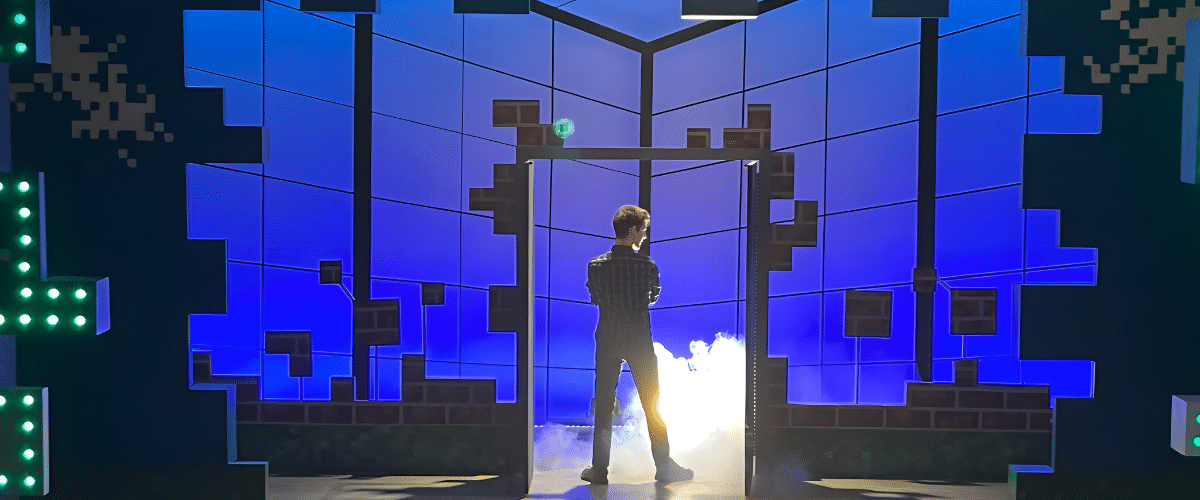NASA has declared the DART mission a success. The outer space expedition was designed to see if Earth’s technologies might deflect an asteroid.
If successful, the mission confirms that our planet can protect itself against external dangers such as asteroids and other celestial bodies on route to smash with us.
DART stands for Double Asteroid Redirection Test, and it employs an operational space machine to make an asteroid hit to see if it can throw it off the path. The asteroid is known as Dimorphos, a big piece of space rock that orbits a larger asteroid known as Didymos. The asteroid is about 7 million kilometers away from Earth.
The smaller asteroid completes one rotation around the larger asteroid in approximately 11 hours and 55 minutes. The DART Mission proposes to shift the orbit of the smaller asteroid to shorten the time it takes to complete a full rotation.
“We’re moving an asteroid. We are changing the motion of a natural celestial body in space. Humanity has never done that before. This is stuff of science fiction books and really corny episodes of Star Trek from when I was a kid, and now it’s real. And that’s kind of astonishing that we are actually doing that, and what that bodes for the future of what we can do,” stated Tom Statler, a DART program scientist.
“It’s something that we need to get done so that we know what’s out there and know what’s coming and have adequate time to prepare for it,” added Lindley Johnson, Planetary Defense Officer at NASA.
Read Also: NWSL Teams did so Little to Combat Sexual Abuse Committed Against Players
A successful mission
After the DART ship collided with Dimorphos two weeks ago, NASA scientists discovered that the time had been reduced to 11 hours and 23 minutes, indicating a 32-minute modification in orbit.
“This is a watershed moment for defense. This mission shows that NASA is trying to be ready for whatever the universe throws at us,” said NASA Administration Bill Nelson.
NASA made it clear that there is no harm to the planet from the asteroid; therefore, there is no need for concern that the organization is stomping on a space rock. The only purpose of the expedition was to determine whether or not the Earth is capable of protecting itself in the event that celestial bodies really try to affect us directly.
Read Also: Research Concludes Asteroid that Wiped out the Dinosaurs Caused Tsunami Engulfing the World
Planetary defense advancement
“For the first time ever, humanity has changed the orbit of a planetary body,” said the Planetary Science Division director at NASA, Lori Glaze.
NASA said that the operation was successful because the time Dimorphos required to rotate its larger counterpart changed. And it’s largely facilitated by the kinetic force released when the spaceship struck with Dimorphos. In addition, scientists ensured that a change was visible by continuously watching and observing the asteroid after the DART probe made contact.
“The bottom line is, it’s a great thing. Someday, we are going to find an asteroid which has a high probability of hitting the Earth, and we are going to want to deflect it. When that happens, we should have, in advance, some experience knowing that this would work,” said Ed Lu, Asteroid Institute executive director.
Photo Credit: NASA
Source: NPR









